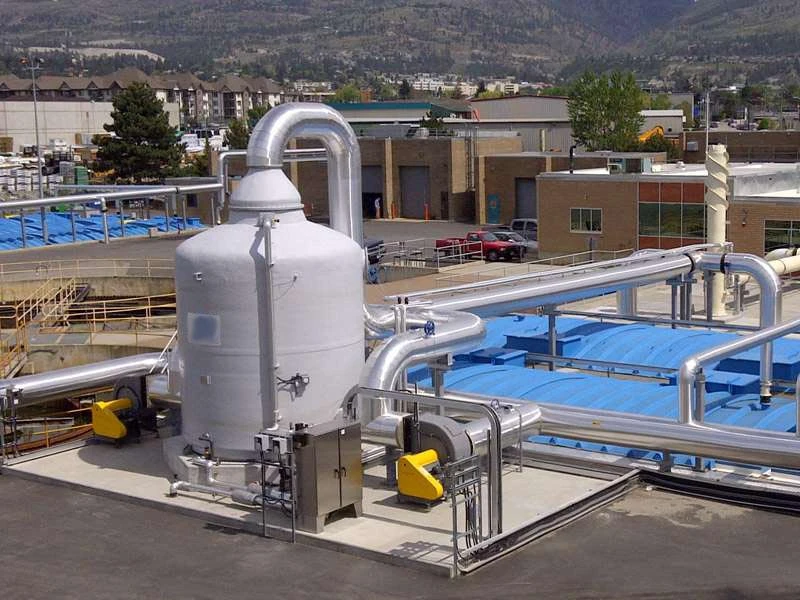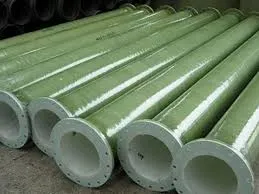
-
 Afrikaans
Afrikaans -
 Albanian
Albanian -
 Amharic
Amharic -
 Arabic
Arabic -
 Armenian
Armenian -
 Azerbaijani
Azerbaijani -
 Basque
Basque -
 Belarusian
Belarusian -
 Bengali
Bengali -
 Bosnian
Bosnian -
 Bulgarian
Bulgarian -
 Catalan
Catalan -
 Cebuano
Cebuano -
 China
China -
 China (Taiwan)
China (Taiwan) -
 Corsican
Corsican -
 Croatian
Croatian -
 Czech
Czech -
 Danish
Danish -
 Dutch
Dutch -
 English
English -
 Esperanto
Esperanto -
 Estonian
Estonian -
 Finnish
Finnish -
 French
French -
 Frisian
Frisian -
 Galician
Galician -
 Georgian
Georgian -
 German
German -
 Greek
Greek -
 Gujarati
Gujarati -
 Haitian Creole
Haitian Creole -
 hausa
hausa -
 hawaiian
hawaiian -
 Hebrew
Hebrew -
 Hindi
Hindi -
 Miao
Miao -
 Hungarian
Hungarian -
 Icelandic
Icelandic -
 igbo
igbo -
 Indonesian
Indonesian -
 irish
irish -
 Italian
Italian -
 Japanese
Japanese -
 Javanese
Javanese -
 Kannada
Kannada -
 kazakh
kazakh -
 Khmer
Khmer -
 Rwandese
Rwandese -
 Korean
Korean -
 Kurdish
Kurdish -
 Kyrgyz
Kyrgyz -
 Lao
Lao -
 Latin
Latin -
 Latvian
Latvian -
 Lithuanian
Lithuanian -
 Luxembourgish
Luxembourgish -
 Macedonian
Macedonian -
 Malgashi
Malgashi -
 Malay
Malay -
 Malayalam
Malayalam -
 Maltese
Maltese -
 Maori
Maori -
 Marathi
Marathi -
 Mongolian
Mongolian -
 Myanmar
Myanmar -
 Nepali
Nepali -
 Norwegian
Norwegian -
 Norwegian
Norwegian -
 Occitan
Occitan -
 Pashto
Pashto -
 Persian
Persian -
 Polish
Polish -
 Portuguese
Portuguese -
 Punjabi
Punjabi -
 Romanian
Romanian -
 Russian
Russian -
 Samoan
Samoan -
 Scottish Gaelic
Scottish Gaelic -
 Serbian
Serbian -
 Sesotho
Sesotho -
 Shona
Shona -
 Sindhi
Sindhi -
 Sinhala
Sinhala -
 Slovak
Slovak -
 Slovenian
Slovenian -
 Somali
Somali -
 Spanish
Spanish -
 Sundanese
Sundanese -
 Swahili
Swahili -
 Swedish
Swedish -
 Tagalog
Tagalog -
 Tajik
Tajik -
 Tamil
Tamil -
 Tatar
Tatar -
 Telugu
Telugu -
 Thai
Thai -
 Turkish
Turkish -
 Turkmen
Turkmen -
 Ukrainian
Ukrainian -
 Urdu
Urdu -
 Uighur
Uighur -
 Uzbek
Uzbek -
 Vietnamese
Vietnamese -
 Welsh
Welsh -
 Bantu
Bantu -
 Yiddish
Yiddish -
 Yoruba
Yoruba -
 Zulu
Zulu
High-Pressure FRP Piping Systems Durable Corrosion-Resistant Solutions
- Overview of Modern Piping Solutions
- Technical Superiority in Material Engineering
- Performance Benchmarking Across Manufacturers
- Customization Strategies for Industry Needs
- Operational Data from Field Deployments
- Installation and Maintenance Best Practices
- Future-Proofing Infrastructure with FRP

(frp piping system)
FRP Piping System: Redefining Industrial Fluid Transport
Contemporary industries require piping systems that withstand aggressive chemicals, extreme temperatures, and prolonged operational stress. Fiberglass-reinforced plastic (FRP) piping systems have emerged as the preferred solution across 83% of new chemical processing plants globally, according to 2023 industry reports. These composite structures combine epoxy resins with glass fibers, achieving tensile strengths up to 45,000 psi while maintaining 1/4th the weight of carbon steel equivalents.
Engineering Advantages Over Traditional Materials
FRP's layered construction enables precise mechanical property adjustments through fiber orientation control. Key performance metrics include:
- Corrosion resistance: 98% reduction in maintenance vs. stainless steel
- Thermal stability: -60°F to 350°F operational range
- Hydraulic efficiency: Hazen-Williams coefficient of 150-165
Field tests demonstrate 40-year service life in pH 2-12 environments with proper resin selection.
Manufacturer Capability Analysis
| Vendor | Max Pressure (psi) | Diameter Range (in) | Certifications |
|---|---|---|---|
| Composite Solutions Co. | 2,200 | 2-144 | ASME, NSF-61 |
| PolyFlow Systems | 1,800 | 4-96 | ISO 14692 |
| FiberTech Industries | 2,500 | 6-120 | API 15HR |
Application-Specific Configuration Options
Three primary customization approaches address diverse operational requirements:
- Chemical Resistance Matrix: Epoxy vs. vinyl ester vs. phenolic resins
- Structural Reinforcement: Axial vs. hoop strength optimization
- Connection Systems: Flanged, threaded, or bonded joints
Offshore platform installations typically utilize 120°C-rated systems with 2:1 safety factors for wave loading conditions.
Quantified Performance in Real-World Scenarios
A 2024 case study from Gulf Coast petrochemical facilities showed:
- 68% reduction in pipe replacement costs over 5 years
- 92% decrease in unplanned downtime
- 4.2:1 ROI compared to carbon steel installations
Mining applications demonstrated 19% lower pumping costs due to superior surface smoothness.
Implementation and Lifecycle Management
Proper installation requires thermal expansion compensation (0.000011 in/in°F) and UV protection for exterior runs. Most manufacturers provide 10-year warranties when using accredited installation crews.
FRP Piping System: The Sustainable Choice
With 72% lower embodied carbon than metallic alternatives, FRP systems align with net-zero initiatives. The global market is projected to reach $8.7 billion by 2029, driven by wastewater treatment expansions and renewable energy projects. Advanced resin formulations now enable 100% recyclability of decommissioned piping.

(frp piping system)
FAQS on frp piping system
Q: What are the key advantages of using an FRP piping system?
A: FRP piping systems offer high corrosion resistance, lightweight construction, and durability in harsh environments. They also require minimal maintenance compared to traditional metal pipes.
Q: How does a high-pressure fiberglass piping system handle extreme conditions?
A: High-pressure fiberglass piping systems are designed with reinforced layers for strength, resisting pressures up to 300 PSI. Their non-reactive nature ensures stability in high-temperature and corrosive settings.
Q: In which industries are FRP piping systems commonly used?
A: FRP piping systems are widely used in chemical processing, water treatment, oil and gas, and power generation due to their resistance to chemicals and long service life.
Q: What makes FRP piping systems more cost-effective than metal alternatives?
A: FRP systems reduce installation costs due to their lightweight design and eliminate expenses linked to corrosion repairs. Their longevity also lowers total lifecycle costs.
Q: Can FRP piping systems be customized for specific project requirements?
A: Yes, FRP piping systems can be tailored in diameter, length, and resin composition to suit chemical, temperature, and pressure needs of diverse applications.
Latest news
-
Innovative Tungsten Carbide Gold Mining Bits for Enhanced Drilling EfficiencyNewsMay.29,2025
-
High-Temp Fiberglass, GRP & FRP Products for Steel Smelting PlantsNewsMay.29,2025
-
FRP Panels Durable FRP Trough Covers & Moisture Traps SolutionsNewsMay.29,2025
-
FRP Desalination Pipes & Fittings Efficient Water Treatment SolutionsNewsMay.29,2025
-
Fiberglass Clarifier Systems Efficient Water & Solid Treatment SolutionsNewsMay.29,2025
-
Fiberglass Water Tanks Durable GRP & Fiber Water Storage SolutionsNewsMay.29,2025









